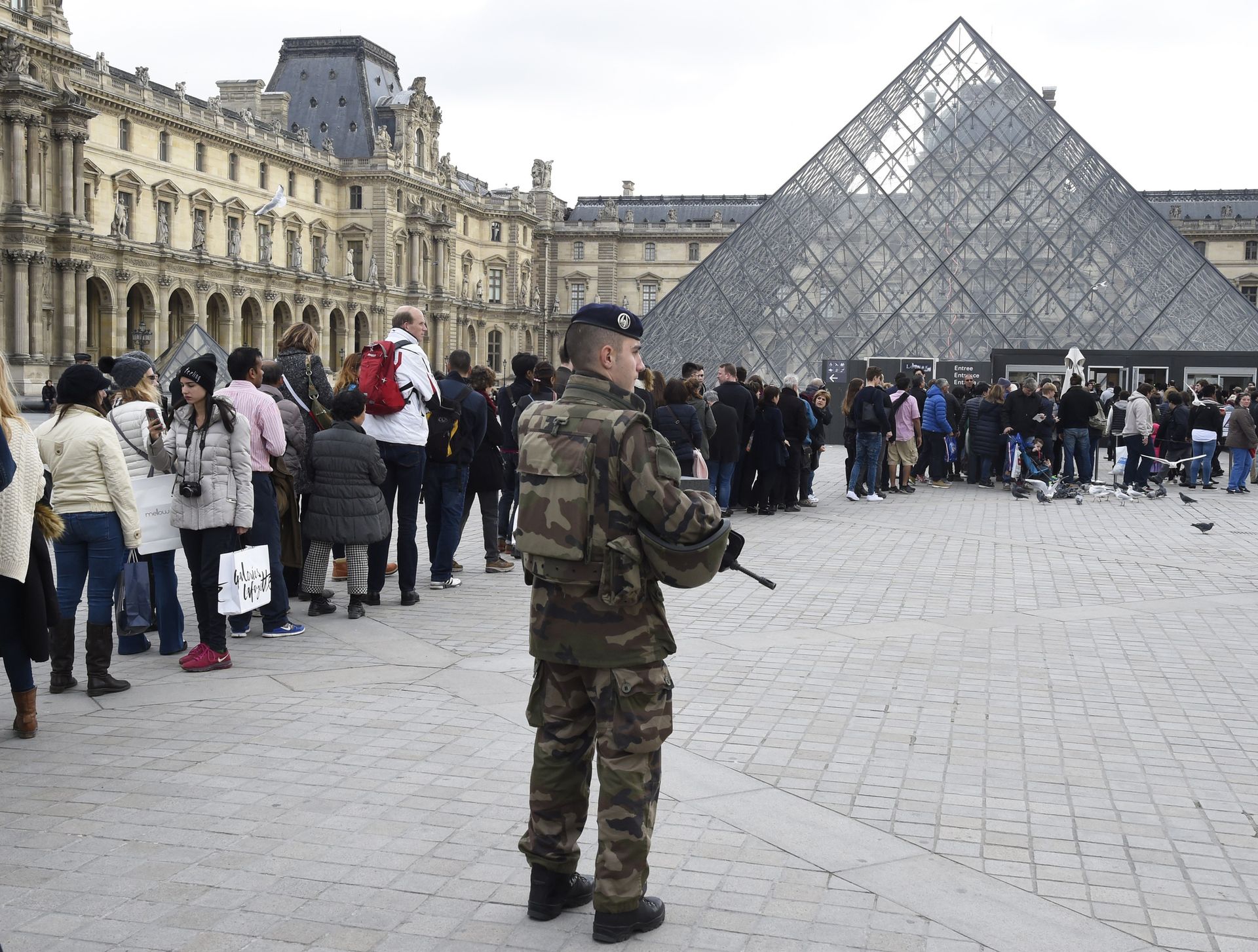Young people and their culture were the main targets of the terror attacks that left more than 130 dead on Friday, 13 November in Paris. The rock music world paid the heaviest toll, with 89 people killed when the Islamist assailants opened fire at the Bataclan theatre during a concert. Young architects, musicians, graphic artists and teachers from Europe, North Africa, the US and Latin America were among those gunned down in cafes and restaurants, along with engineers, waiters, cooks and mechanics.
The fallout hit all of Paris’s cultural institutions. Concert halls, theatres, museums, galleries, auction houses and monuments were shut down that weekend.
The day after the attacks was a time of shock and confusion. No one knew if cultural venues would have to shut down, and for how long. In the middle of the night, just hours after the terrorists struck, the Musée du Louvre was even specifically requested to open its doors on Saturday morning. Despite the trauma and mayhem in the city centre, many employees turned up early for work, only to be sent home when the museum was ordered by the Ministry of Culture to close, one hour after its opening. The same scene occurred at the Palace of Versailles and the Centre Pompidou, which did not prevent the ministry from claiming “there were no contradictory instructions and no confusion… only a clarification of the decisions.”
The art world was divided. The contemporary art dealer Kamel Mennour was one of the first to close his gallery out of respect during three days of national mourning. He and his 13-year-old son were at the Stade de France, outside of which three terrorists blew themselves up. The first charity auction sale planned at the Louis Vuitton Foundation was postponed but the exclusive Paris Tableau art fair chose to open on Saturday, only to be closed by police hours later.
The prestigious fair Paris Photo, held at the Grand Palais, remained shut over the weekend, closing three days after its VIP opening. “We have set up 500 exhibitions around the world and about 50 in France, and it is the first time in 50 years, that we have had to close one down,” says Jean-Daniel Compain, a senior vice president of Reed Exhibitions, the fair organisers. “At first, I wanted to keep the fair open to show that we would not give in,” he says. But the authorities warned him that the company would have to ensure security. With 30,000 visitors expected over the weekend, this was deemed impossible. Under French law, private guards cannot be armed, and they do not even have the right to search people. Security gates and metal detectors can be rented, but art galleries and theatres that called suppliers all received the same answer: none were available.

On Monday, all national museums reopened, under heavy guard. A list of 12 super-sensitive sites was set up, including the Louvre, Versailles, Musée d’Orsay, Centre Pompidou, concert halls, the Pantheon and the Arc de Triomphe. They are now all surrounded by armed police and military patrols for “an indefinite period”. The ministry announced a security assessment would be made at each space and promised “all necessary funding” to ensure their safety.
France’s cultural institutions and traditions are at the heart of the nation’s identity. “We must go on, we must live, we must sing, we must dance” is the motto being taken up by the art world now. But this latest attack, coming 11 months after the murderous assault against Charlie Hebdo, shows everyone that the risks remain very high.

